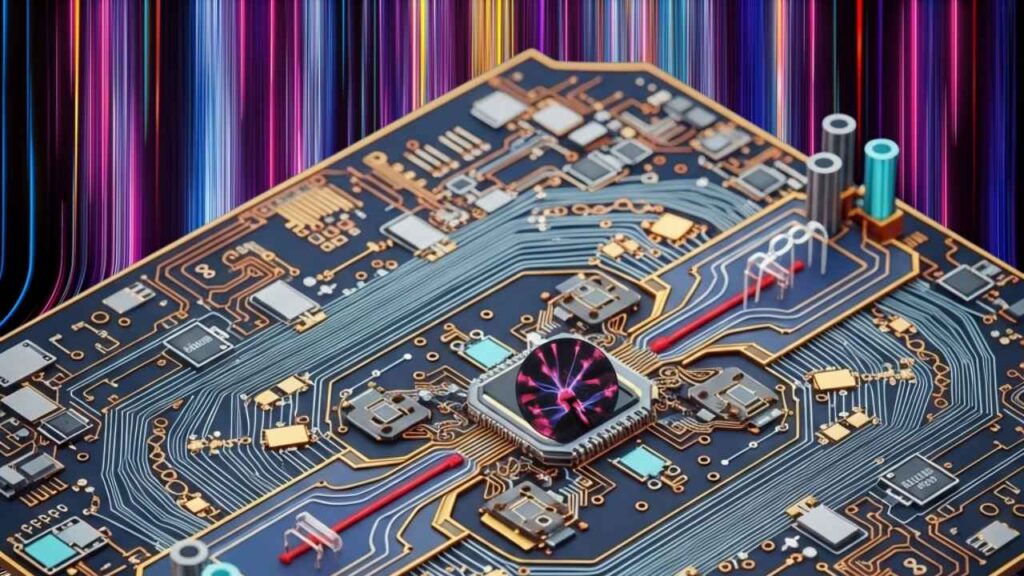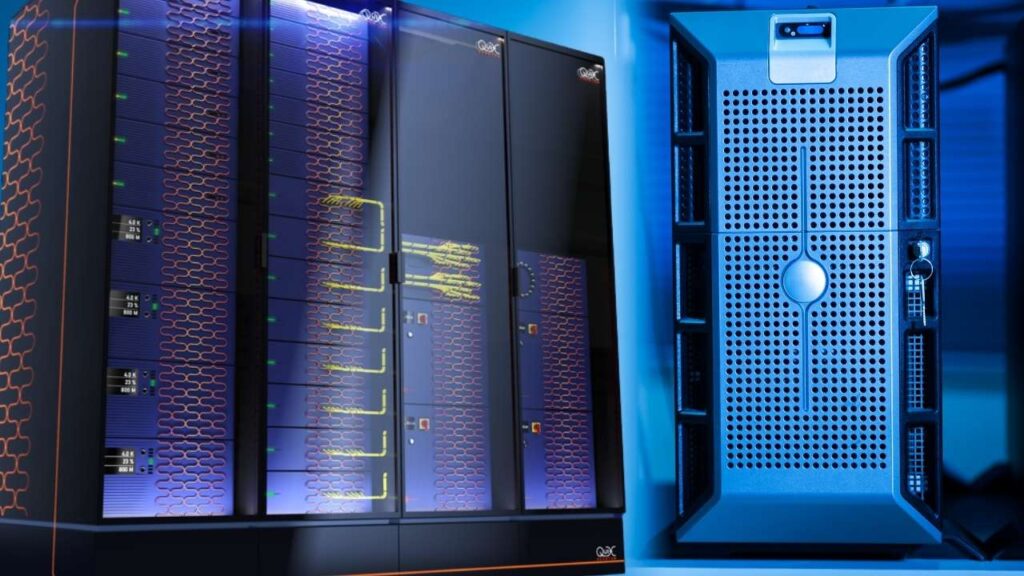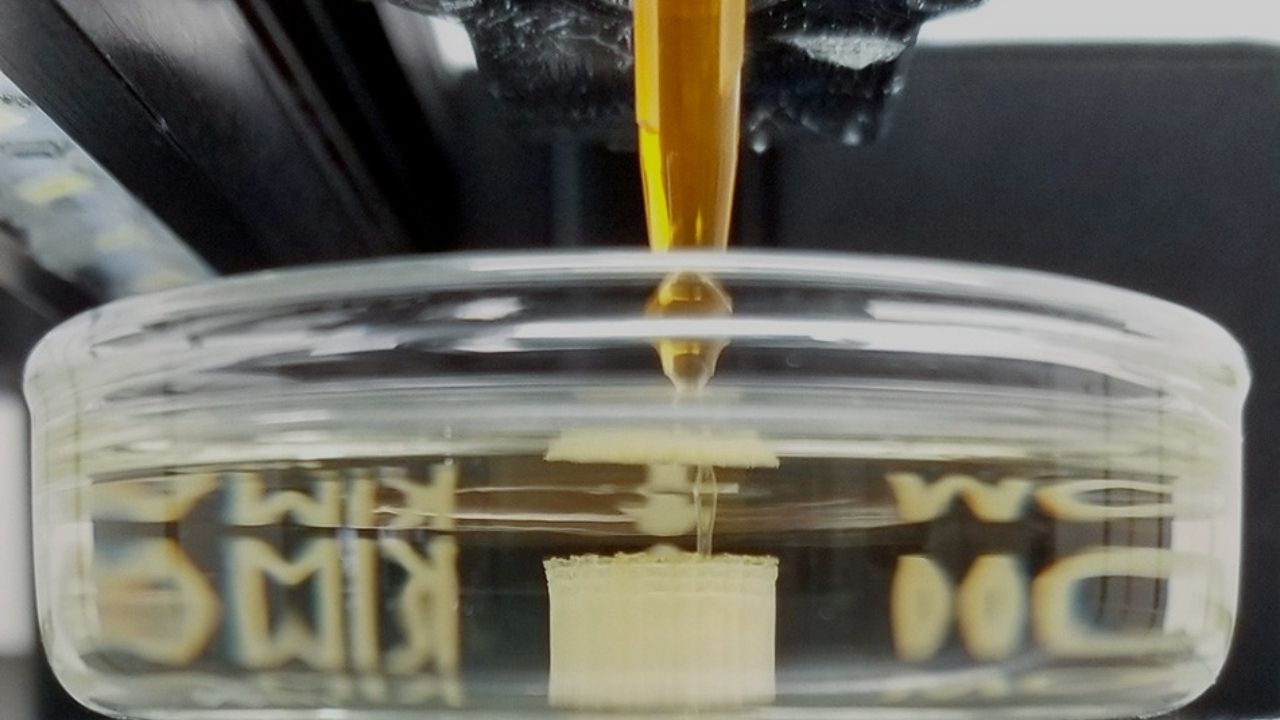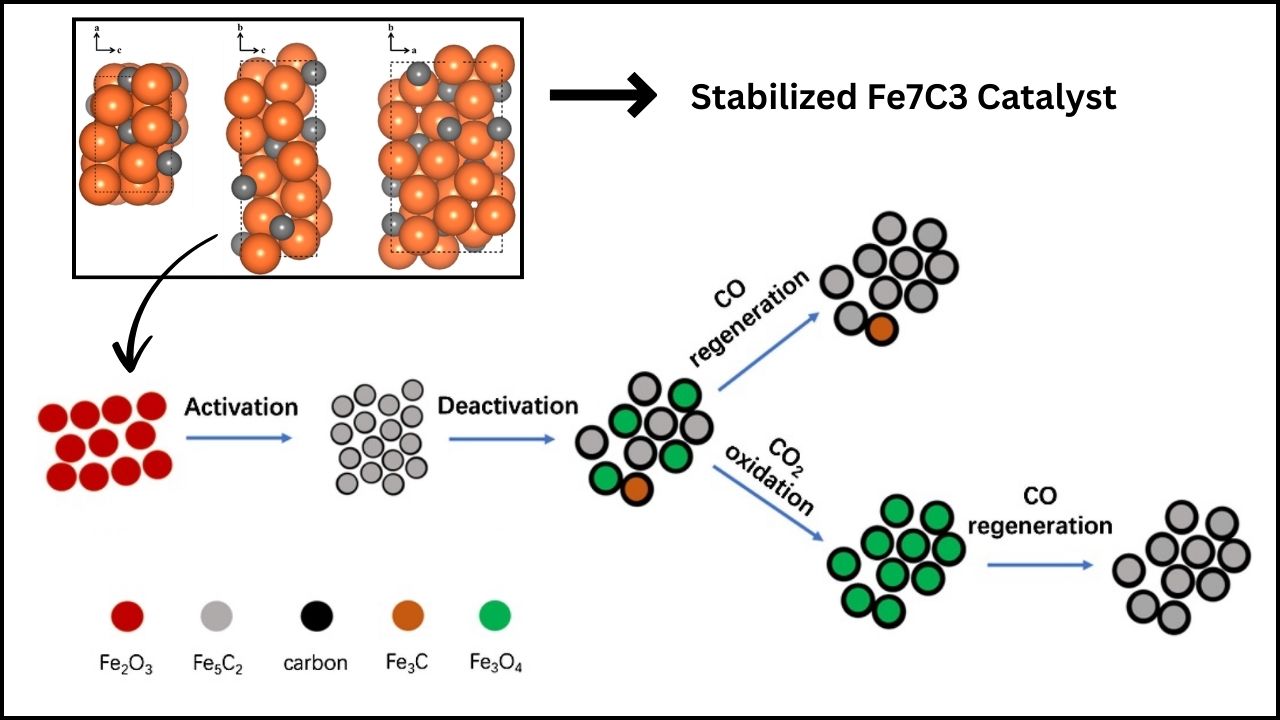Integrated Quantum Photonics Gains Traction as Scalable Quantum Path: Integrated quantum photonics is rapidly becoming a leading approach to realizing practical quantum computing and quantum communication technologies. By integrating full quantum photonic circuits on semiconductor chips, this technology promises to make quantum devices more compact, stable, and mass-producible. This article delves deeply into what integrated quantum photonics entails, why it is gaining momentum, its real-world applications, challenges, and the future outlook.

Whether you’re a newcomer or an industry expert, this article will break down the topic into clear, understandable sections enriched with practical advice, reliable data, and helpful examples.
Integrated Quantum Photonics Gains Traction as Scalable Quantum Path
| Aspect | Details |
|---|---|
| Technology | Integrated quantum photonic circuits on semiconductor chips |
| Key Advantages | Miniaturization, scalability, CMOS compatibility, full photonic integration |
| Materials Used | Silicon, lithium niobate, silicon carbide, diamond |
| Leading Companies | IonQ, QuiX Quantum, Photonic Inc., PsiQuantum |
| Current Achievements | 8-qubit to 64-qubit photonic processors; modular entanglement for networks |
| Challenges | Loss reduction, cryogenic compatibility, on-chip sources/detectors, hybrid integration |
| Potential Impact | Practical quantum computers, secure quantum communication, mass-manufactured quantum chips |
| Official Resource | Quantum Photonics at imec |
Integrated quantum photonics is shaping the future of quantum technology by enabling scalable, chip-based quantum circuits that are compact, stable, and mass-producible. The synergy with existing semiconductor manufacturing methods accelerates its path from research to commercial applications.
With active development from companies like IonQ, PsiQuantum, QuiX Quantum, and Photonic Inc., integrated photonics is well-positioned to deliver practical quantum computing and secure communication systems. While technical hurdles remain, ongoing innovation and investment suggest that photonic quantum technologies will soon play a central role in the quantum revolution.
For professionals and enthusiasts alike, integrated quantum photonics offers exciting avenues for exploration, innovation, and career growth in this transformative field.
What Exactly Is Integrated Quantum Photonics?
At its core, integrated quantum photonics involves fabricating quantum circuits where photons—particles of light—are used as quantum bits (qubits) and manipulated entirely on a miniaturized chip. Traditionally, quantum optical experiments rely on bulky, delicate setups made with mirrors, lenses, and separate components. Integrated quantum photonics condenses these complex optical circuits onto compact, semiconductor-based chips using waveguides, modulators, photon sources, and detectors etched or deposited in tiny layers.

This on-chip integration leads to a significant reduction in size, cost, and environmental sensitivity, making quantum systems much more feasible for large-scale commercial applications. Moreover, integrated photonics can be manufactured using techniques similar to those that produce computer chips, enabling mass production.
Why Is Integrated Quantum Photonics Attracting So Much Attention?
The growing interest in integrated quantum photonics stems from how it tackles fundamental challenges faced by quantum technologies:
1. Miniaturization and Scalability
Traditional quantum optics systems can fill entire laboratory tables, requiring delicate alignment and maintenance. Integrated photonics packs thousands of optical components into a chip typically measuring just a few millimeters on a side. This compactness reduces sensitivity to environmental noise and improves operational stability, which is essential for consistent quantum performance.
From a manufacturing standpoint, integration enables scaling up quantum circuits in a way that free-space optics cannot. Mass fabrication can make these devices affordable, much like how semiconductor electronics became ubiquitous due to chip manufacturing advancements.
2. Compatibility with Established Semiconductor Manufacturing
Integrated quantum photonics leverages silicon and related materials compatible with CMOS (Complementary Metal-Oxide-Semiconductor) fabrication — the technology behind modern microprocessors and sensors. This compatibility is a major advantage because it allows quantum photonic devices to be produced in the same facilities that make billions of electronic chips annually.
Beyond silicon, other materials such as lithium niobate, indium phosphide, silicon carbide, and diamond provide active functionalities like fast electro-optic modulation, efficient photon generation, and single-photon detection. Hybrid integration techniques combine these materials on the same chip, enriching device capabilities without sacrificing scalability.
3. Full Photonic Functionality on a Single Chip
A key benefit of integrated quantum photonics is the ability to generate, manipulate, and detect photons all on the same platform. This is essential for building complex quantum protocols such as entanglement generation, quantum error correction, quantum key distribution, and photonic quantum simulations.
Recent advances demonstrate on-chip photon-pair sources based on nonlinear optics, high-speed modulators to control quantum states, and integrated superconducting nanowire single-photon detectors (SNSPDs) capable of ultra-high sensitivity with low noise.
4. Industry Momentum and Real-World Applications
Multiple companies and research institutes are pushing the boundaries of integrated quantum photonics, with notable examples:
- IonQ has partnered with Belgium’s imec to create chip-scale ion-trap quantum systems using integrated photonics for control and readout, aiming for compact and scalable hardware.
- QuiX Quantum from the Netherlands is working on 64-qubit photonic processors designed for aerospace, security, and quantum simulation applications.
- Photonic Inc. demonstrated modular entanglement between remote photonic modules, a vital step toward distributed quantum networks.
- PsiQuantum, one of the most ambitious startups, is developing photonic quantum chips capable of being manufactured in large volumes using existing semiconductor fabs, targeting fault-tolerant universal quantum computers.
How Integrated Quantum Photonics Works: The Building Blocks
To appreciate the power of integrated quantum photonics, let’s explore its essential components:
Photons as Quantum Bits (Qubits)
Photons are ideal quantum information carriers because they move at the speed of light and interact very weakly with the environment, which helps preserve their quantum states longer than many matter-based qubits. Their quantum properties—such as polarization, phase, and path—can be precisely controlled and entangled.
On-Chip Components
- Waveguides: These microscopic channels guide photons through the chip, analogous to electrical wires in classical circuits. Low optical loss waveguides ensure photons maintain their quantum state without degradation.
- Photon Sources: On-chip nonlinear materials generate single photons or entangled photon pairs via processes like spontaneous parametric down-conversion or four-wave mixing.
- Modulators and Switches: Electro-optic or thermo-optic modulators dynamically control photon properties and routing. These devices enable programmable quantum logic operations.
- Detectors: Superconducting nanowire single-photon detectors (SNSPDs) or avalanche photodiodes integrated on chip can detect individual photons with high efficiency and low dark counts, crucial for readout.
Practical Advice for Researchers and Developers
For professionals and researchers eager to explore or contribute to this field, here are some practical tips:
- Choose silicon or silicon nitride platforms for prototyping: These materials provide a well-understood base with extensive foundry support, ideal for rapid development.
- Invest in hybrid integration techniques: Combining materials like lithium niobate or III-V semiconductors on silicon chips expands active device capabilities such as modulation speed and photon generation efficiency.
- Focus on reducing optical losses: High-performance quantum photonic circuits require waveguide and coupling losses below 1 dB/cm to maintain fidelity.
- Develop cryo-compatible packaging: Many detectors require cryogenic temperatures; integrating cooling solutions without compromising optical performance is critical.
- Design modular and scalable architectures: Modular photonic processors can facilitate networked quantum computing and simplify incremental scaling.
Current Industry Milestones and Examples
QuiX Quantum

QuiX Quantum’s 64-qubit photonic processor exemplifies the power of integrated photonics. Their chips use programmable beam splitters and phase shifters to perform complex quantum simulations relevant to aerospace engineering and cryptography. Their technology roadmap targets increasing qubit counts while improving fidelity and error correction.
Photonic Inc.

Photonic Inc. has achieved modular entanglement by linking two photonic chips across fiber optic cables several kilometers apart. This advance is a cornerstone for quantum networks, enabling secure communication and distributed quantum computation.
IonQ and imec Collaboration
IonQ is combining trapped ion qubits with photonic interconnects developed at imec. The photonic integration enables scalable qubit readout and control, making compact, modular quantum processors feasible.
Challenges That Need Addressing
Despite rapid progress, integrated quantum photonics faces notable challenges:
Optical Loss and Decoherence
Every photon lost or scattered diminishes the quantum signal, reducing performance. Achieving ultra-low loss waveguides and coupling interfaces remains a top priority.
Cryogenic Operation and Thermal Management
Many photonic quantum devices require operation at temperatures near absolute zero (below 4K). Developing packaging and integration methods compatible with cryogenic cooling while maintaining optical performance is technically demanding.
On-Chip Photon Sources and Detectors
Generating indistinguishable single photons on-chip with high brightness and purity is difficult. Similarly, integrating high-efficiency single-photon detectors without increasing noise requires further innovation.
Hybrid Integration Complexity
Bringing together multiple materials and components on one chip often introduces fabrication complexity and interface losses. Balancing scalability with performance calls for advanced manufacturing methods.
Quantum Error Correction
Reliable quantum computation requires correcting errors from noise and loss. Implementing error-corrected logical qubits on photonic platforms is an active research frontier, demanding sophisticated architectures.
China Unveils FuXi 2.0 AI-Powered Weather Forecasting Model: A New Era in Meteorology
Canada Advances Quantum Error Correction Techniques for Scalable Quantum Computing
China Unveils 3D Electronic Skin Mimicking Human Sensory Perception
FAQs About Integrated Quantum Photonics Gains Traction as Scalable Quantum Path
How Is Integrated Quantum Photonics Different From Superconducting Qubits?
Superconducting qubits use microwave signals and superconducting circuits at cryogenic temperatures. Integrated photonics uses photons at optical frequencies, offering potential advantages like room-temperature operation and easier networking but currently faces different technical challenges.
Will Integrated Photonic Quantum Computers Replace Other Platforms?
No single platform is likely to dominate immediately. Hybrid quantum systems combining photonics with trapped ions or superconductors may offer the best performance for certain tasks.
How Can I Learn More About Integrated Quantum Photonics?
Leading research centers like imec, universities such as MIT and University of Bristol, and companies like PsiQuantum publish papers and resources. Online courses and workshops on quantum photonics are increasingly available.
What Are the Career Opportunities in Integrated Quantum Photonics?
Opportunities span research, fabrication, software development, system integration, and hardware engineering. As the field grows, demand for multidisciplinary experts in photonics, quantum physics, and semiconductor engineering is rising.






